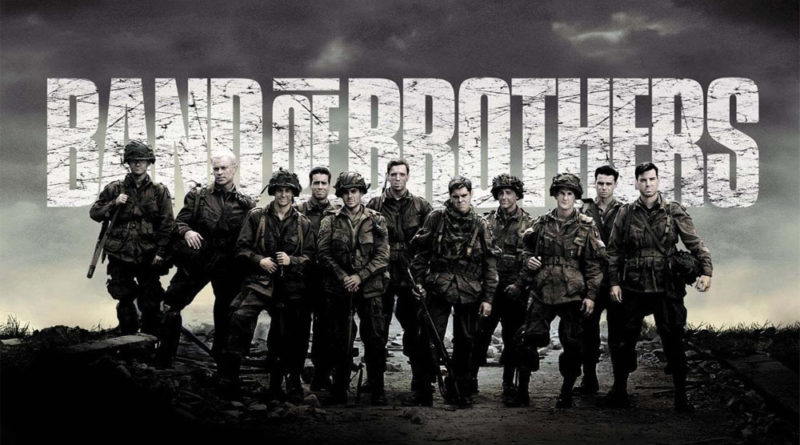Why We Fight
In this episode, the members of Easy Co. make a gruesome discovery near the town of Landsberg, Germany; Kaufering IV. Kaufering IV is a subcamp of the larger Dachau concentration camp .
The holocaust itself evokes many profound questions about human nature, and the nature of human conflict. For the purpose of this discussion, we will attempt to focus on the immediate themes relating to our roles as leaders in situations of conflict. An important place to begin is with an understanding of bias; specifically In-Group Bias, aka In-group/Out-Group.
In short, In-Group Bias is the tendency for people to favor those within a their perceived group over those who are outside of the group. The simplest example can be seen with fans of a particular sports team vs those of another team. This type of bias lays the groundwork for thoughts, ideas, words, and actions that separate and divide people. Words such as "them" and "those people" are simple indicators of bias. The root of the problem with In-Group bias is that it forms the foundation of human conflict.
Simple disagreements transition quickly from:
"I'm right, you're wrong"
to...
"I'm right and there is something wrong with you because you don't agree with me"
to eventually...
"I'm right, therefore I'm good...and you're wrong, therefore you're evil"
Now, this is definitely an oversimplification of very complex concepts. How does this relate to our role as leaders?
Leaders Unite, they don't Divide.
Bottom line...leaders are responsible for bringing people together, not driving them apart. A key step to being able to accomplish this is to be able to identify In-group Bias within an organization, and to work diligently to minimize differences and maximize similarities.
Discussion questions to consider...
- Are there different "groups" within our/your organization?
- How can In-group Bias impact the culture of an organization as a whole?
- What are some ways leaders can bring "groups" together?
- Which other types of bias inhibit positive leadership?
